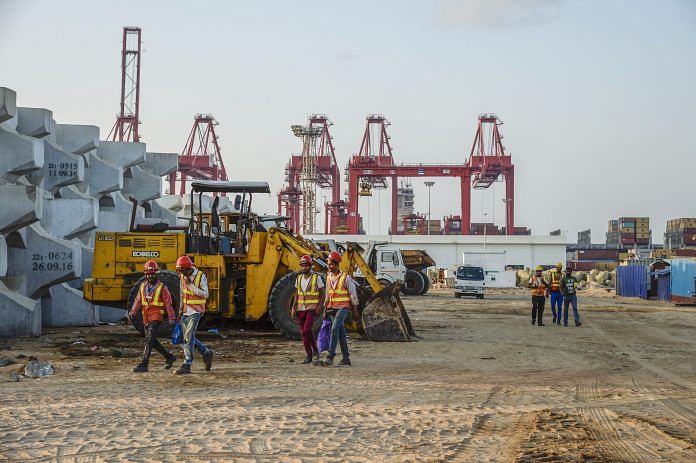Tokyo: The governments of Japan, India and Sri Lanka have agreed to develop a container terminal at the Port of Colombo, which has attracted major investment from China under its Belt and Road initiative, a Japanese newspaper reported.
The three will sign a memorandum of understanding in the coming months for the east container terminal, located at the newly expanded south part of the Port of Colombo, to deepen it and develop a facility to allow large container ships to enter, Nikkei Asian Review reported this week without citing its sources.
Japan’s foreign ministry was not immediately available for comment. Japan has also pushed its plans to be a player in the region under its “Free and Open Indo-Pacific Strategy.”
Sri Lanka has been one of the countries drawn to China’s Belt and Road Initiative, an ambitious plan announced in 2013 by President Xi Jinping to build an estimated $1 trillion of infrastructure to support increased trade and economic ties and further China’s interests around the globe.
One project in the country includes Port City Colombo being built by China Communications Construction Co., or CCCC. The plan envisions a financial district — pitched as a new hub between Singapore and Dubai — with a marina, a hospital, shopping malls, and 21,000 apartments and homes.
State-owned CCCC, one of the world’s largest companies with annual revenue greater than Procter & Gamble Co. or FedEx Corp., says its portfolio of 700 projects in more than 100 countries outside China has a value of more than $100 billion. It is also one of the most vexed. CCCC and its subsidiaries have left a trail of controversy in many of the countries where they operate, with many of its projects criticized as debt traps.
The nine-year-old Hambantota port in southern Sri Lanka — with almost no container traffic and trampled fences that elephants traverse with ease — has become a prime example of what can go wrong for countries involved in Belt and Road. Sri Lanka borrowed heavily to build the port, couldn’t repay the loans, and then gave China a 99-year lease for debt relief.
Also read:What China’s Belt and Road Initiative is, and why India gave it a miss again



